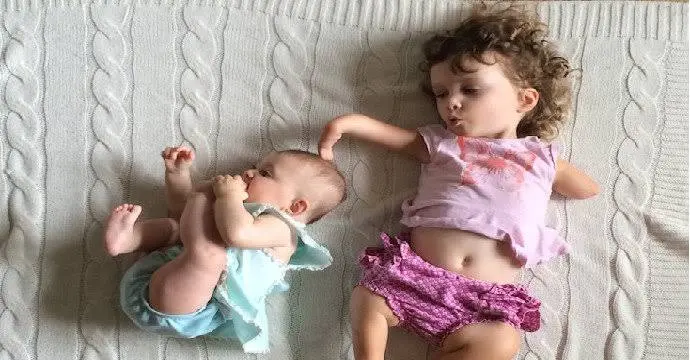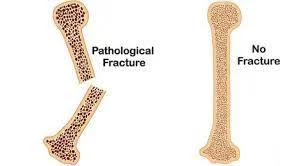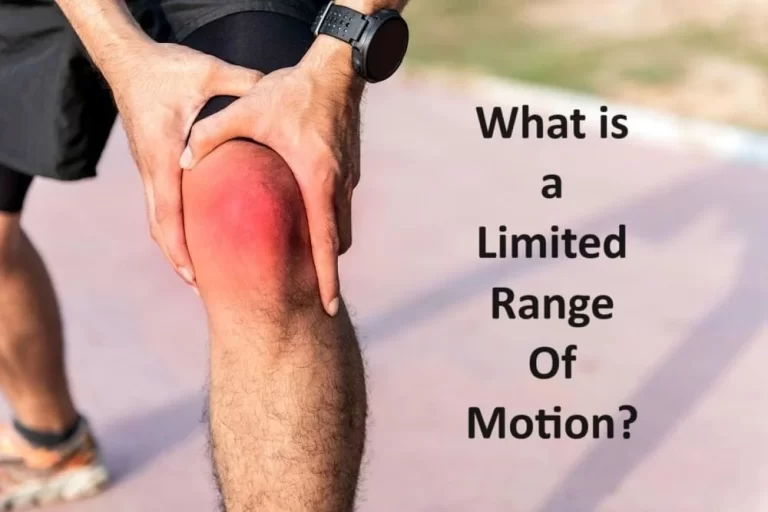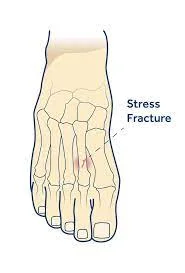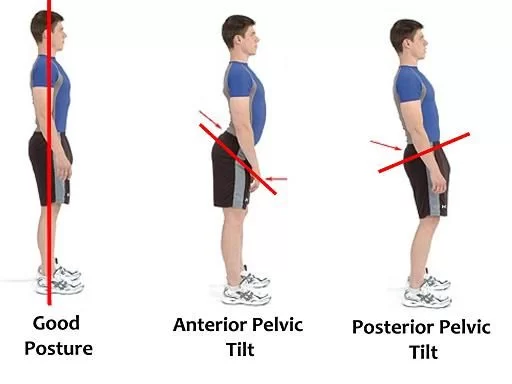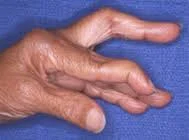Congenital Amputation
Table of Contents
What is an amputation?
Amputation is the surgical removal of all or a portion of a body part, such as an arm or limb. Disarticulation, in which a component is extracted through a joint, Is typically distinguished from it.
Congenital Amputation
A congenital amputation occurs when a limb is absent or improperly formed from birth. This occurs during the limb’s formation in the womb. Frequently, it is:
• Not genetic i.e., passed down from parent to child
• Nothing that you did or did not do prior to the birth of your child

Some examples of congenital amputations are as follows:
• Varying lengths of limbs
• Impaired joint performance
• Weakened limbs
• Sensitive skin
Epidemiology
Rare in occurrence.
The prevalence is 7.9 per 10,000 live births overall. The majority are caused by disruptions resulting from the intrauterine destruction of normal embryonic tissues, or primary intrauterine growth inhibition.
Anatomical location: The most typical location is Transradial.
Causes
• Mutations and Genetic abnormalities
Congenital amputation can result from certain genetic mutations that interfere with the limbs’ normal development during pregnancy. These mutations can arise spontaneously during foetal development or be inherited from one or both parents.
• Growth limitation
Congenital amputation risk may be raised by specific pregnancy-related complications. Congenital amputation may result from the foetus’s abnormal position or restricted blood supply, for example, which can stunt limb growth.
• Mechanical forces
That impacts the developing foetus inside the uterus.
• The mother’s prenatal exposure to chemicals or viruses
• Particular drugs
• Potential contact with tobacco smoke
• Teratogenic Effects
Congenital amputation can result from certain medications or substances used during pregnancy. For instance, it is known that thalidomide, a medication used to treat morning sickness in the 1960s, causes abnormalities in the limbs of newborns.
• Roberts Syndrome
An uncommon genetic condition that impairs limb development.
• Pododerma
• Orthodontically
• Holt-Oram Syndrome
A hereditary disorder affecting hand and arm development.
• Fasciitis
• Necrosis
• Gangrene
• Frostbite
• Cellulitis
Pathology
• Amniotic band-related limb deficiency is one example of a soft-tissue and/or vascular disruption defect that results in amputation. This condition occurs when loose amnion strands entangle or fuse with foetal tissue.
• It happens as a result of formation failure.
Types of congenital limb defect
Birth abnormalities of the hand and arm
• Polydactyly
• Deficit in radial longitudinal
• The radiolucent synostosis
• Synchrodactyly
• Deficit in Ulnar longitudinal
• Hand deformity
• Syndactyly
• Macrofacial
• Madelung’s abnormality
Birth abnormalities of the foot and leg
• Hemimelea fibrilla
• Adductus metatarsalis
• The Tarsal Alliance
• Hemimelia tibia
• Thoracic torsion
Sign and Symptoms
• Absent Limb
Lack of one or more limbs at birth is the most obvious sign of congenital amputation.
This could involve missing a finger, toe, arm, or leg.
• Overgrowth
Where one limb is significantly bigger than the other
• Undergrowth
Where one limb is significantly smaller than the other
• Deformities
A limb may occasionally survive congenital amputation, but it may be malformed or underdeveloped.
The limb might be shorter or possess an abnormal limb defect.
• Pain or Discomfort
Lack of limbs can cause pain or discomfort in children who have congenital amputations.
For instance, if a child is born without a leg, they might feel pain or discomfort when they run or walk.
• Mobility Issues
Mobility, balance, and coordination issues can also be brought on by congenital amputation.
Children who have congenital amputations might need specialized tools or equipment to help them move around and carry out everyday tasks.
• Psychological and emotional issues
Children who have a congenital amputation may also face psychological and emotional difficulties, including depression, social isolation, and low self-esteem.
They could struggle to adjust to their condition because they feel self-conscious or different from their peers.
Diagnosis
• X-ray
• Ultrasound
Club foot is primarily diagnosed by it
• Magnetic resonance imaging, or MRI
• Genetic Examination
• A physical assessment
• Medical Assessment
Treatment
• Surgical orthopaedics
• Cosmetic procedures
• Convalescence
• Physiotherapy
In order to help the child achieve their physical objectives, a physical therapist can collaborate with them to create a customized treatment plan that consists of exercises and other activities.
- Patient education and rehab
Give all information to the patient about the condition, how to deal with it, and not to become hyper
- Maintenance or improvement in respiratory & cardiovascular condition
Breathing exercises, Ankle toe movement, mobility exercises
- Positioning of limb which is amputated after surgery
Give the information according to condition and which limb amputee
- Maintaining or increasing strength of limb other than amputation Limb
Strengthening is given by various measures such as Therabands, weights etc.
- Amputation Limb Care
Hygiene is very important to prevent infections
- Static and Dynamic Balance training
Perturbations, Reach outs, One leg standing, Tendom standing and Walking
- Transfer Training (Transfer From One Place To Other)
- Prosthetic training (Artificial Limb Training)
- Connective Tissue Massage
• Prosthesis
Children who have congenital amputations can become more mobile and independent with the use of prosthetic devices. Artificial limbs and other assistive devices, like crutches or braces, may be included in this category.
• Occupational Therapy
Children who have been born without an amputation can benefit from occupational therapy by learning the skills and methods necessary to carry out everyday tasks like eating, dressing, and grooming.
To help the child become more independent, an occupational therapist can collaborate with them to create adaptive strategies and suggest assistive technology.
• Psychological assistance
Congenital amputation patients may experience psychological and social difficulties as a result of their illness.
Children and their families can benefit from psychological support, such as counseling or therapy, in order to help them overcome these obstacles and develop resilience.
• Adjustments to ADL
Children with congenital amputation may need to adjust their lifestyle to accommodate their condition, depending on the location and severity of the missing limb. This could entail making changes to their workplace, school, or home environment.
To accommodate any physical limitations, this may entail making adjustments to their daily routine, accommodations at work or school, and their home environment.
Prevention
- Handle Long-Term Medical Conditions
- diabetes and Hypertension
- Genetic Guidance
- Steer clear of hazardous substances
- Seek Out Prenatal Care Often
Summary
A rare condition known as congenital amputation occurs when a child is born missing one or more limbs. Congenital amputation can have many different causes, but most of the time there is no known way to stop it from happening.
If provided with appropriate assistance, including prosthetic devices, physical therapy, occupational therapy, and psychological support, children who have been born with congenital amputations can adjust and lead active, fulfilling lives. Women who manage their chronic health conditions and abstain from harmful substances can lower their chances of having a child with congenital amputation.
By managing chronic health conditions, abstaining from harmful substances, getting regular prenatal care, and seeking genetic counseling if they have a family history of birth defects, women can lower their chances of having a child with congenital amputation.
FAQs
Phocomelia syndrome
Phocomelia
Austria
References
- Amputations. (n.d.). Physiopedia. https://www.physio-pedia.com/Amputations
- Boyd, S. a. B. (2023, October 16). Congenital limb abnormalities. MSD Manual Professional Edition. https://www.msdmanuals.com/en-in/professional/pediatrics/congenital-craniofacial-and-musculoskeletal-abnormalities/congenital-limb-abnormalities
- Congenital limb differences | Boston Children’s Hospital. (n.d.). https://www.childrenshospital.org/conditions/congenital-limb-differences
- Malim, F. a. K. (2023, May 23). What is congenital amputation. https://www.icliniq.com/articles/newborn-and-baby/congenital-amputation?amp=1#what-are-the-symptoms-of-congenital-amputation
- Moore, D. W., MD. (n.d.-b). Congenital amputations – pediatrics – orthobullets. https://www.orthobullets.com/pediatrics/4116/congenital-amputations
- Philadelphia, C. H. O. (n.d.). Congenital limb defects. Children’s Hospital of Philadelphia. https://www.chop.edu/conditions-diseases/congenital-limb-defects

